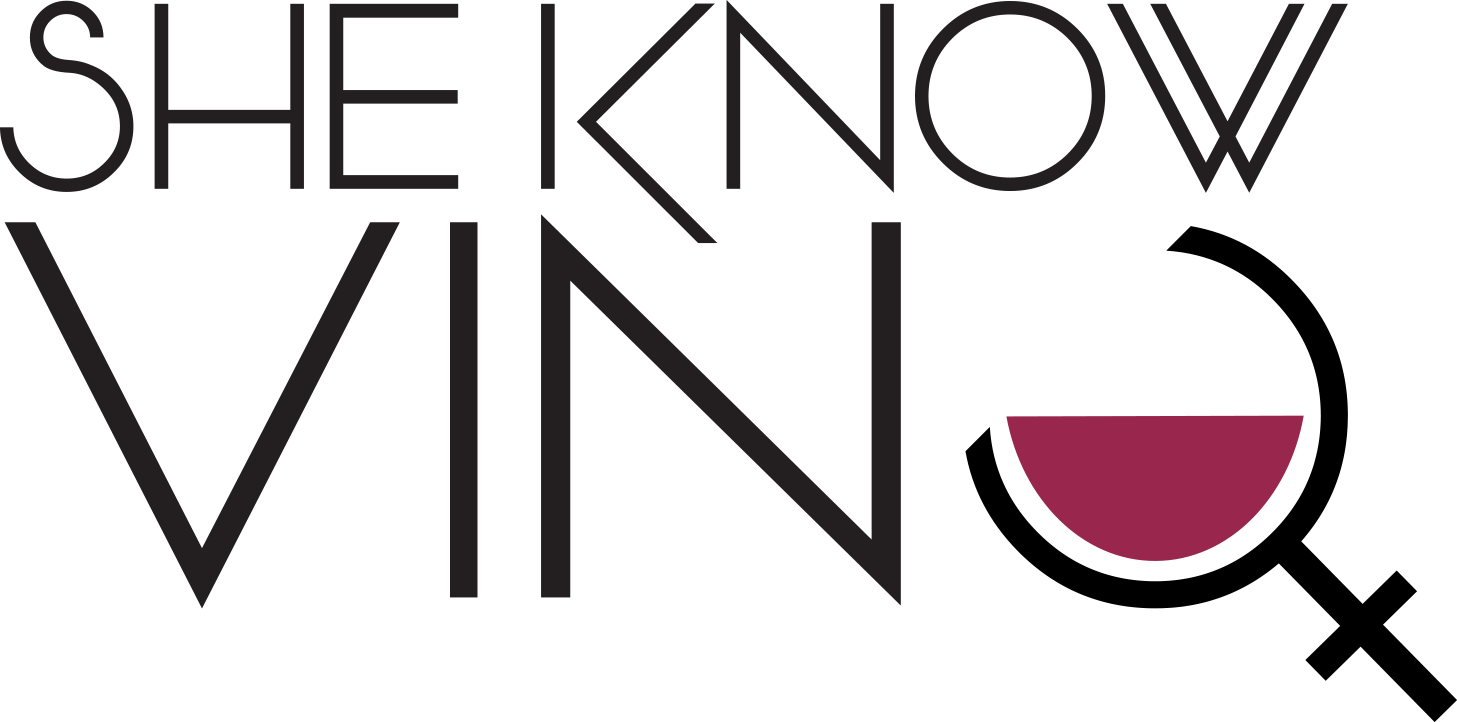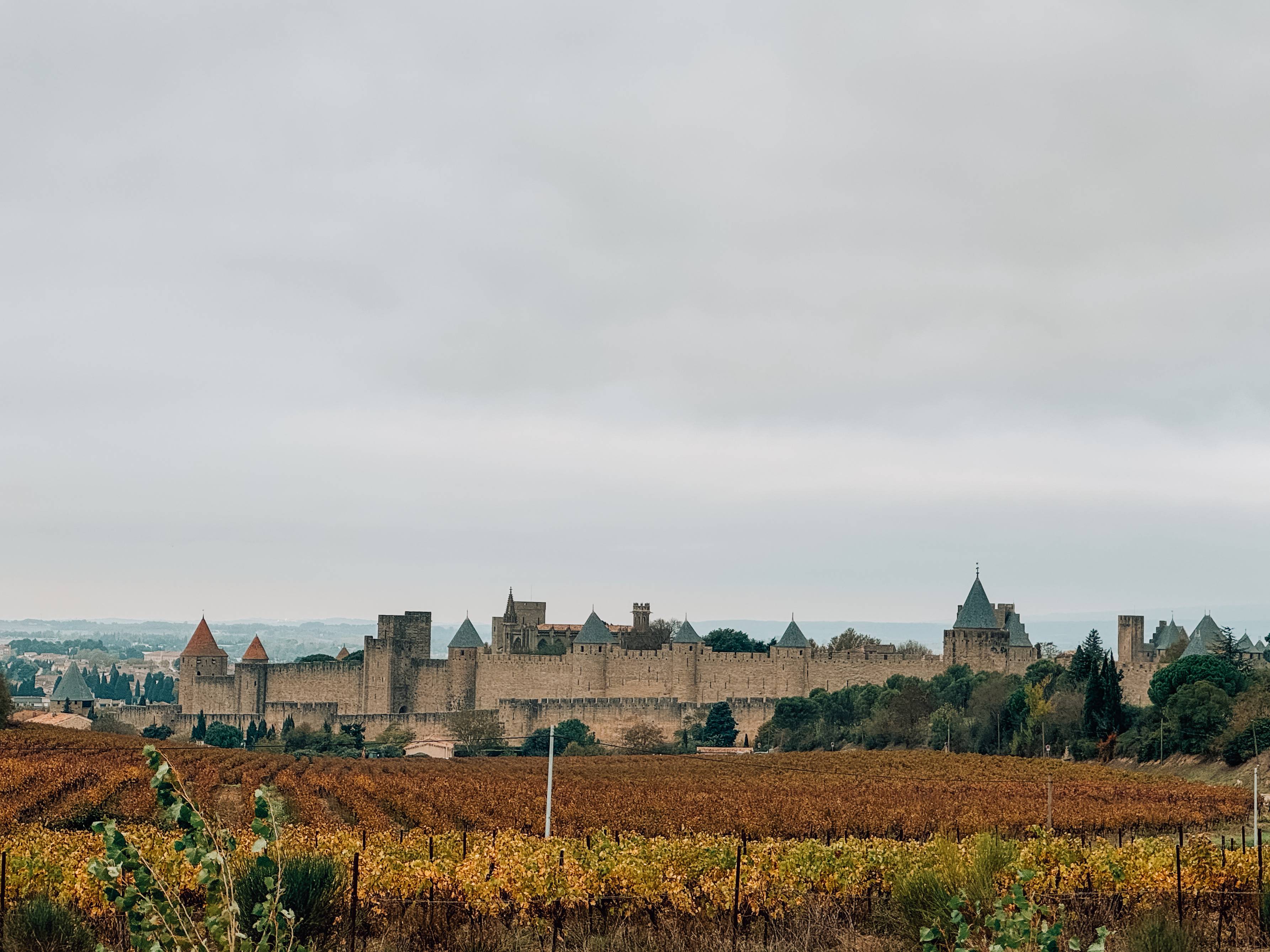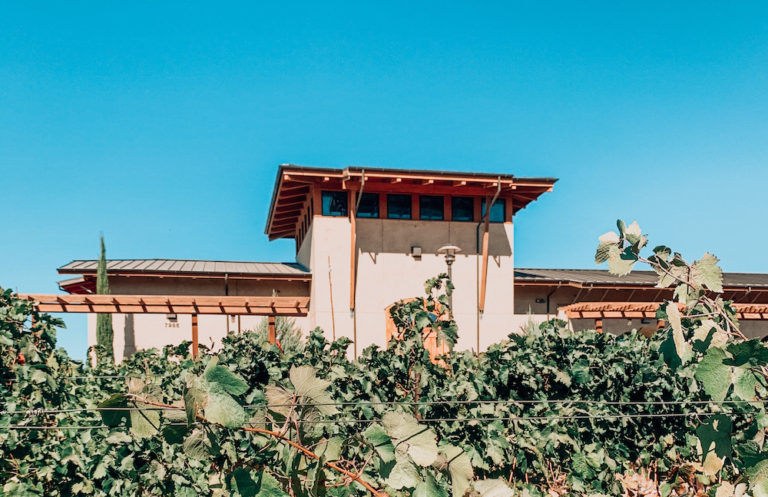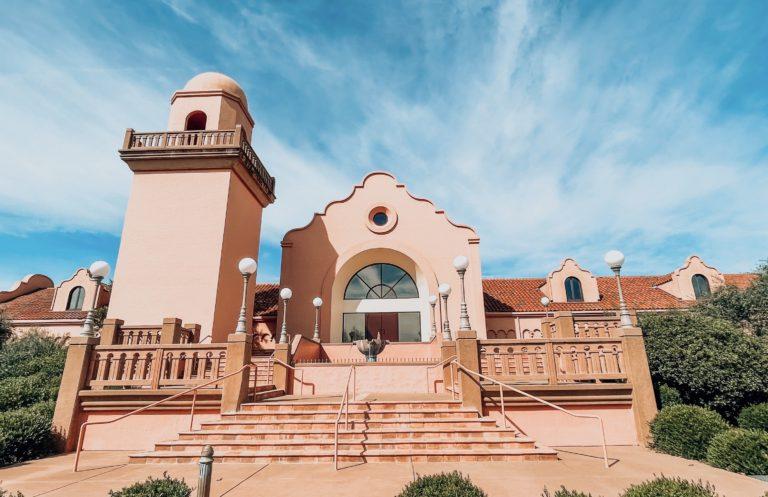Exploring Languedoc-Roussillon: The Best Wines from Southern France
Discovering Languedoc-Roussillon
Something I learned while gallivanting around the Languedoc-Roussillon region (wine glass in hand, of course) is that Languedoc and Roussillon used to be two separate regions. In 2016, they teamed up with the Midi-Pyrénées to become one big region called Occitanie. It’s now one of the biggest wine-growing areas in all of France, which totally tracks once you see how many vineyards are sprinkled across the countryside.
The region runs along the Mediterranean coast and is tucked up against the Pyrenees mountains. It’s gorgeous, historic, and full of personality. Basically, it’s heaven for wine lovers.
Let’s give a quick shoutout to the ancient Greeks for bringing vines here back in the 5th century BC. Then the Romans took over and expanded wine production and gave the region structure. Things really took off after the Canal du Midi was built in 1681. This canal connected the Mediterranean Sea to the Atlantic Ocean, which made transporting wine way easier and boosted trade. Fun fact: the canal’s locks were set on a diagonal, which helped manage water pressure. Interestingly enough, the idea is credited to Leonardo da Vinci.
Later on, the arrival of the railroad made wine travel even easier, and Languedoc became a major wine hub.
And speaking of the Canal du Midi, yes, you can absolutely cruise along it. I went on a barge cruise during my trip, and it was amazing. Big thanks to European Waterways for the hospitality. Between the wine, the scenery, and all the history, I was truly living my best life. Highly recommend.
It hasn’t been all sunshine and rainbows for Languedoc-Roussillon. Like much of Europe, the region was hit hard by Phylloxera in the 19th century. This little pest (a root louse) destroyed vineyards across France. To bounce back, winemakers replanted with American rootstock, which is naturally resistant to it. When I explained this to my dad while walking through the vineyards in Carcassonne, he was floored. “Wait, these vines are American?” Yep. Mind blown.
But recovery wasn’t instant. In the rush to replant, the focus was all about quantity over quality. That led to some pretty meh wines and even some shady stuff like counterfeit beet wine. Yikes. By the early 1900s, the region started working on the glow-up of the century. Stricter rules and a focus on quality helped Languedoc-Roussillon get its groove back.
These days, it’s a total hidden gem. The wines are exciting, expressive, and seriously affordable. If you’re into getting great wine without draining your bank account, this region should definitely be on your radar.
Learn more about Languedoc-Roussilon.
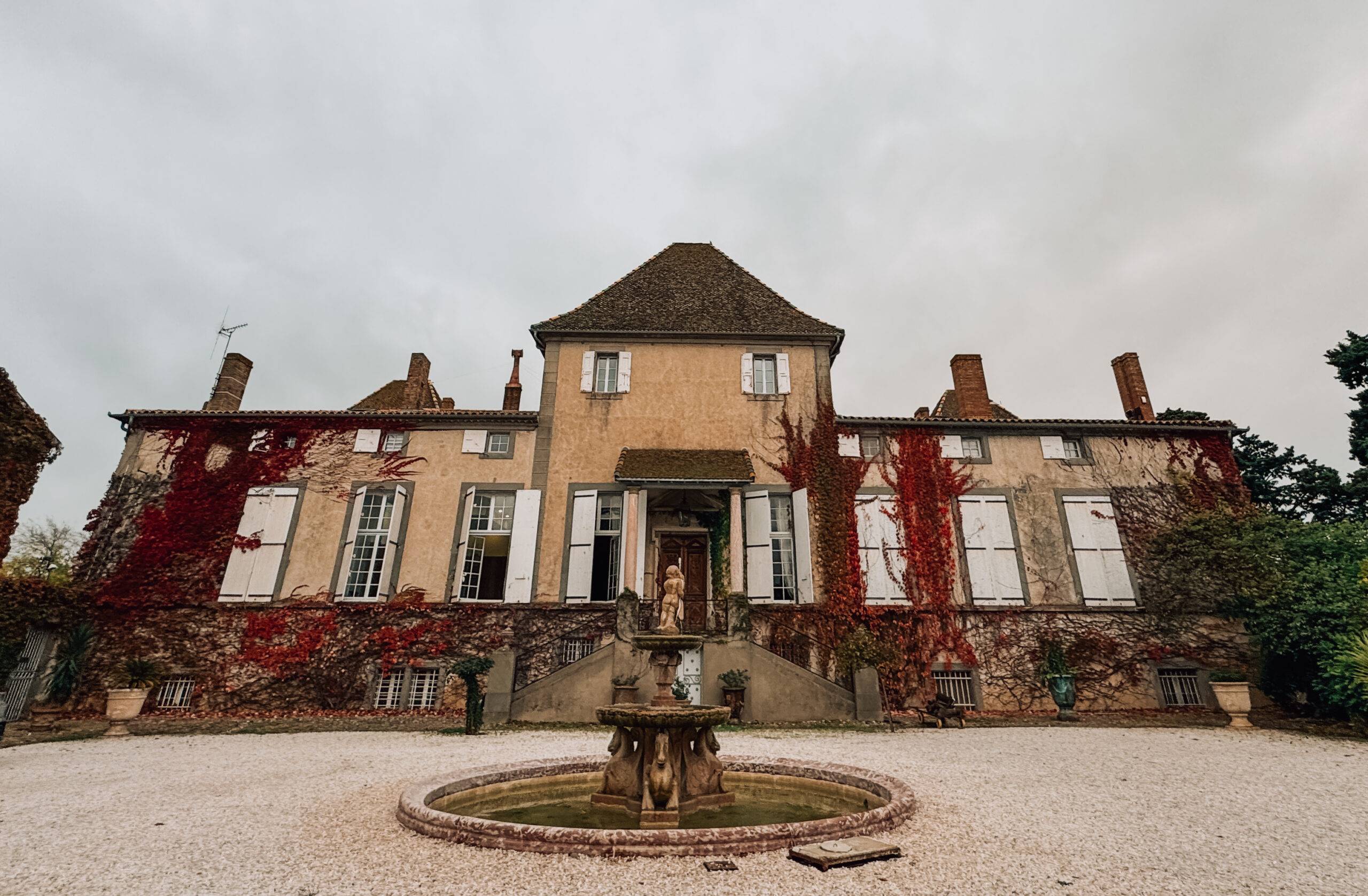
A Spotlight on Château de Paraza
Occitanie is packed with wineries, but one that really stood out during my trip was Château de Paraza.
This place is located in the heart of the Minervois AOC and sits right next to the Canal du Midi. The views? Stunning. The history? Rich. The château was once home to Paul Riquet, one of the visionaries behind the construction of the canal. Walking the grounds, you get this magical blend of old-world charm and modern energy.
The estate is now owned and run by the Danglas family, who clearly love wine and travel. They’ve taken the château and turned it into a destination that’s welcoming and full of heart.
While I was there, I did a guided tasting with Lucile, who was so passionate and knowledgeable. We tried about eight wines, each with its own story and flavor profile. The range of wines we tried was such a cool reflection of the region. What I loved most was how the wines balanced tradition with a sense of adventure. You could really taste the terroir.
If you’re ever in the area, put Château de Paraza on your list. Whether you’re walking through the vines, sipping wine in the tasting room, or just soaking in the scenery, it’s the kind of experience that really sticks with you.
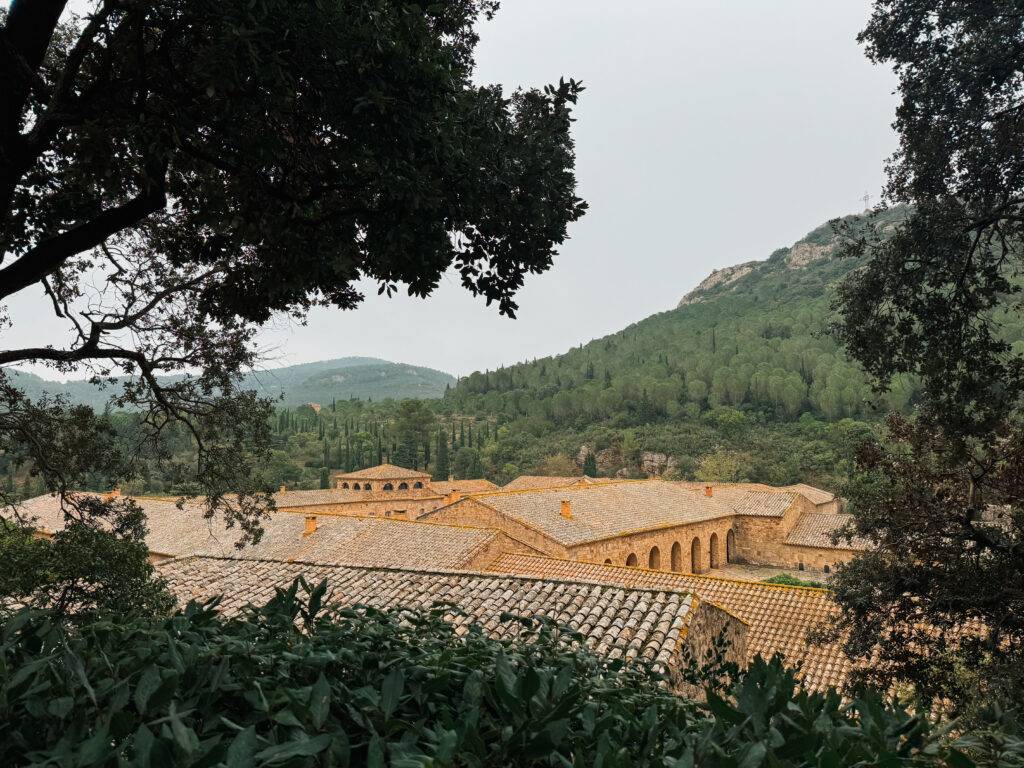
The Grape Varieties Defining Languedoc-Roussillon Wines
This region is such a treat for wine lovers because the variety is wild. Thanks to the Mediterranean climate and all kinds of soil types, winemakers have tons of flexibility. The wines are fun, full of character, and easy to love—just like the region itself.
Red Wines:
Reds here are usually blends (that’s the rule), and the grapes that show up most often are Grenache, Syrah, Carignan, Mourvèdre, and Cinsault. Each one brings something cool to the mix. Grenache gives ripe fruit, Syrah adds a spicy kick, and Carignan brings structure. One standout from my trip was a Corbières blend with 50% Carignan. I’d never had wine from Corbières before, and this one totally blew me away. Super memorable and full of depth.
White Wines:
Languedoc-Roussillon whites are having a moment, and I was living for it. Some of the stars include Grenache Blanc, Picpoul Blanc, Roussanne, Marsanne, Chardonnay, and Viognier. Every day of my trip, I had a new white to try, and none of them disappointed. My favorite was a crisp Picpoul Blanc that was paired with a seafood buffet. The acidity and citrus vibes were chef’s kiss with all the briny, fresh flavors on my plate.
Rosés:
If you’re a rosé fan, this region will make your heart happy. Like the reds, rosés here are usually blends, and they’re just as layered and interesting. One that stood out was a Grenache and Roussanne blend (I think… I was too busy enjoying it to take perfect notes). It had the prettiest salmon color and a flavor that was delicate, fruity, and a little floral. Totally dreamy.
Final Thoughts
Before this trip, I knew Languedoc-Roussillon as “that one southern French wine region,” but now I can’t stop thinking about it. Between the vibrant wines and the stunning scenery, it honestly stole my heart. Whether you’re a seasoned wine lover or just dipping your toes into French wine, this region is such a fun one to explore. If you ever get the chance to visit (or even just pick up a bottle of Languedoc-Roussillon) I hope it surprises and delights you the way it did for me.
Cheers to discovering hidden gems in your glass!

